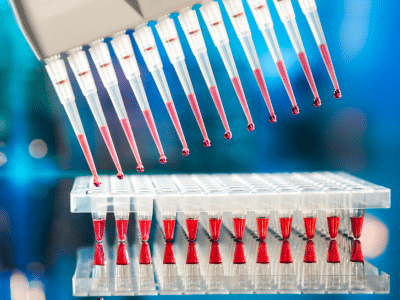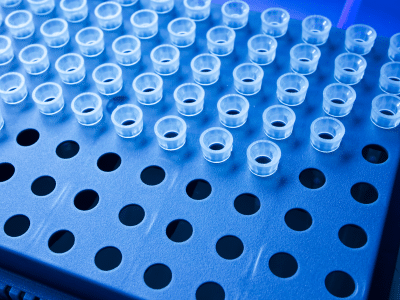The choice of the container for sample collection requires consideration of the regulations, the technique and the level of sterility. Each of these elements must be respected for a safe and efficient use in accordance with the regulatory references.
LABELIANS guides you in choosing the right container.
The guide on sterilization techniques
We can find 4 existing techniques:
- By Ionization (=irradiation)

Sterilization technique using radiation (classified by intensity): Gamma rays > Beta rays > X-rays
- By Ethylene Oxide

Here a chemical sterilization technique based on the following parameters: gas concentration, humidity, temperature and duration. This sterilization technique cannot be used for IVF (in vitro fertilization).
- By Water Vapour
Autoclaving technique.
- Or by dry heat
Sterilization by circulation of hot and dry air.
The Sterility Levels Guide
The level of sterility is indicated according to :

= OR

SIN/LAS levels are defined based on the theoretical probability of a viable microorganism being present on the product.
We can categorize them into 3 levels as follows:
- Sterile products with a sterility assurance level of 10-6
To take samples for microbiological examination.
- Sterile products with a sterility assurance level of 10-3
For General Laboratory Use: collection and storage of liquid or solid samples.
- Non-sterile products
With regard to the collection and storage of liquid or solid samples not intended for microbiological examinations.
To complete your knowledge, on the safety rules in laboratory, it is by here!
The regulation
There are two types of containers:
- The In Vitro Diagnostic Medical Device (IVD-MD)
For any primary collection for in vitro medical diagnosis.
The products concerned must additionally be declared as an In Vitro Diagnostic Medical Device (IVDD) and have the CE mark (Directive 98/79/EC or IVDR Regulation 2017/746).

Need guidance on regulations? We invite you to consult this article HERE.
- General Laboratory Use (GLU)
For sample collection for purposes other than in vitro medical diagnosis.
Download your infographic to make it available to your employees, please click HERE.
Any questions? Do not hesitate to contact LABELIANS to advise you in your choice.
Source: SFM, Remic: Repository in medical microbiology, 6th editions, volume 2. 2018.






